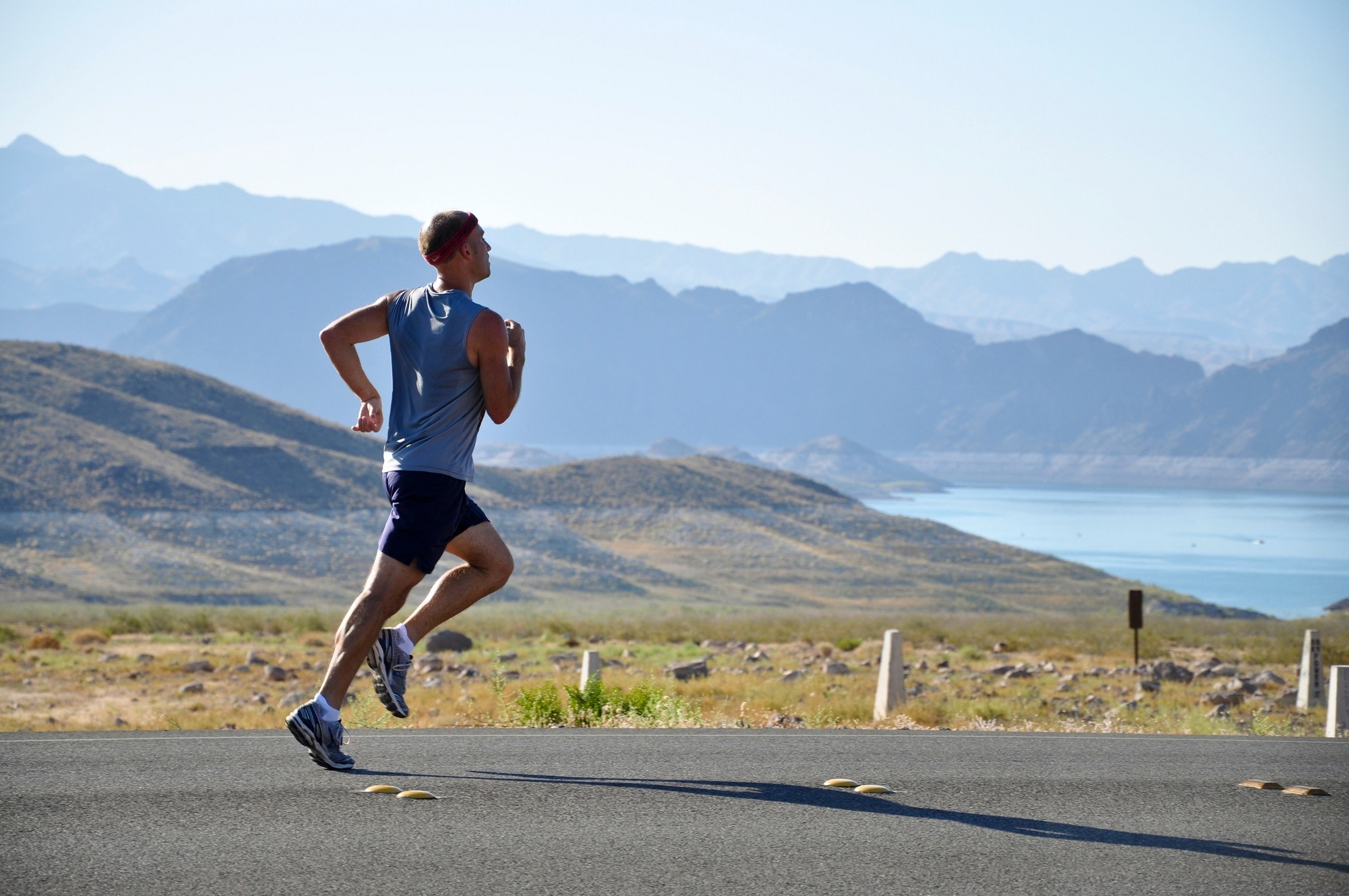It is hard to find a runner who has not missed a training run or competition due to injury. Among the 20 million Americans who run on a regular basis about 1/3 to 1/2 will sustain a running related injury this year. This percentage has driven a substantial amount of attention towards shoe wear, running mechanics, and Physical Therapy interventions designed to prevent or treat running injuries. Gait retraining is one promising area making an impact on injury rates. Examining and correcting an athlete’s running form can significantly reduce pain and improve running performance.
A recent study of close to 250 female runners used gait analysis to determine its’ association with future running injury (Davis et al. Br J Sp Med. 2015). To enter the study runners needed to be running at least 20 miles per week and be injury free over the last 6 months. Athletes underwent a gait analysis within a Physical Therapy biomechanics laboratory and then were told to maintain a running journal including mileage and injuries over 2 years. Over 100 athletes sought medical attention for a variety of injuries, listed below, and a surprising 21 did not report prior injury or injury during the study period. The researchers then examined these two groups of runners for biomechanical faults which may have predisposed them to injury.
The authors reported higher rates of lower extremity loading at foot strike among the injured athletes. In particular, the amount of vertical translation and force development between foot strike and toe off was associated with both future bone and soft tissue injury. Clinically, these runners are identified by their “hard” or “loud” landings on the treadmill or ground. This loading type can often be corrected through cuing to “land softer”.
Running athletes are advised to have their gait analyzed by a local Physical Therapist to reduce their injury risk.

